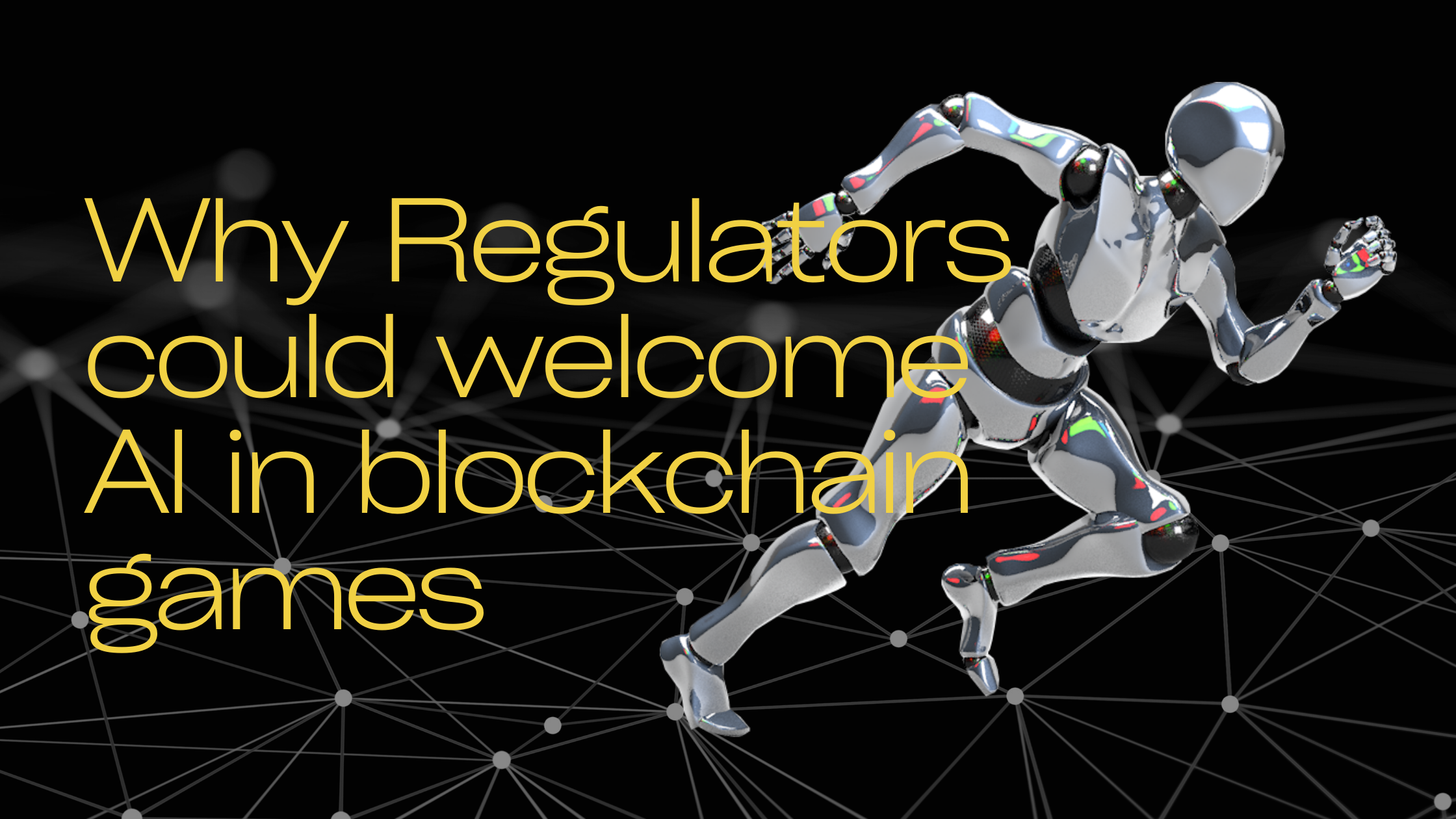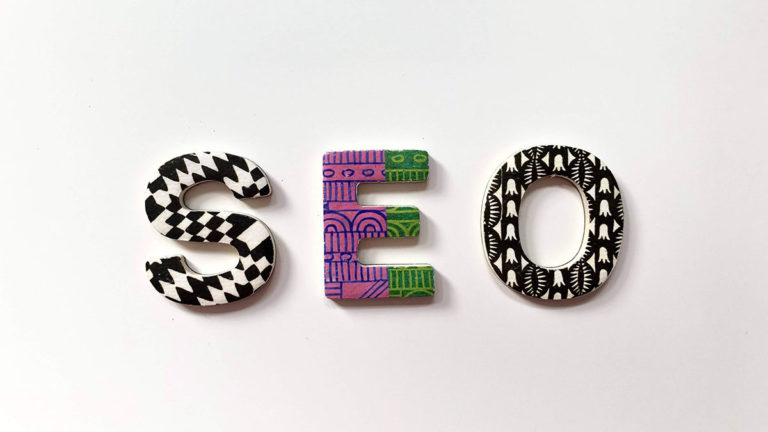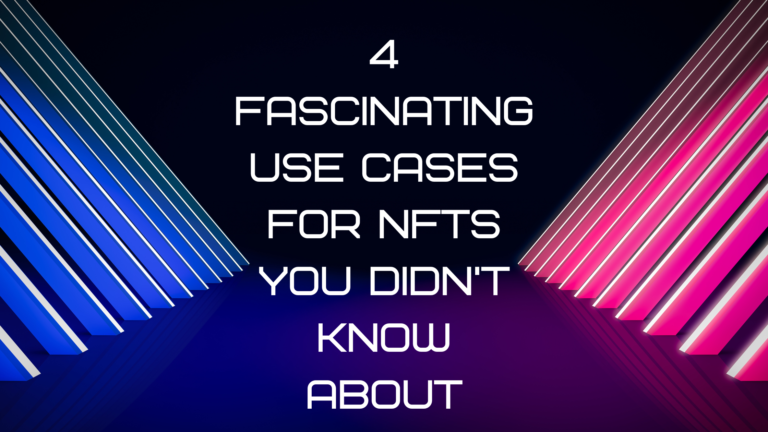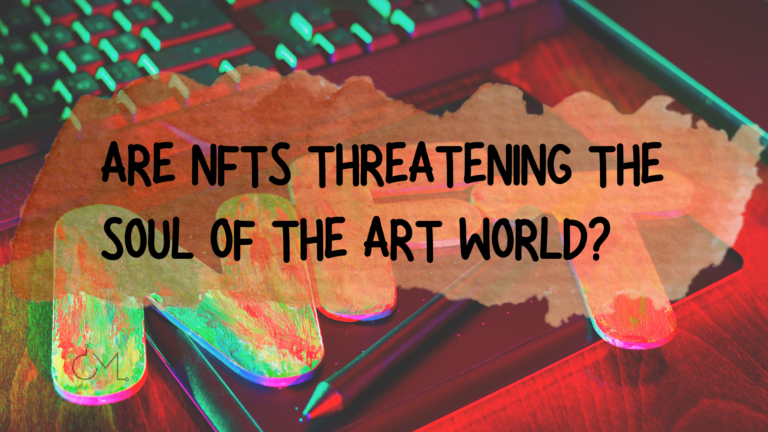
One of the remarkable technologies that is sometimes less talked about these days in gaming is artificial intelligence (AI). New blockchain games certainly believe that only an amalgamation of all these emerging technologies will be able to produce the types of metaverse that many projects describe.
So let’s explore some of the possible horizons that AI could bring, once they start taking shape in all these different versions of the metaverse, by considering what it actually entails as a technology.
The Imitation Game: Game Over?
Artificial intelligence (AI) was born in the 1950s, in the dawn of computing, when British mathematician Alan Turing proposed a three-person test in which a computer used written communication to try to fool the human into thinking that it’s another person. From Turing to McCarthy, this period represented a stepping stone to a major breakthrough. Many years have passed and AI still hasn’t claimed victory in the ‘imitation game’ but particular legislative approaches are suggesting that the intelligence has been earning experience points rapidly.
Back in 2014, a computer program simulated a 13-year-old boy from Ukraine and convinced 33% of the judges that it was human. Four years later, Google Duplex voice AI called a hairdresser and successfully made an appointment by imitating informal human interaction. Even though Google’s intelligence didn’t pass the test, we shouldn’t be blindsided by Turing’s test since it was designed as an experiment, and not as the final exam AI has to take. When we say consciousness, we think of humans, and there is a fine line between consciousness and intelligence.
The European Regulation of AI: The Risk-Based Approach to Trust
The ongoing debate among authorities led us to a number of interesting proposals on how to deal with AI. In 2018, the European Commission refused the 2017 resolution to grant personhood, namely electronic personhood. Under the umbrella of the recent Athens Roundtable on Artificial Intelligence and the Rule of Law, a call for action was issued among regulators, legal professionals, educational institutions and others to seek to address the fundamental question of determining trustworthy AI. The term ‘trustworthy AI’ has been introduced in the EU’s 2021 Proposal for AI Regulation that came up as a proposal for a legally binding upgrade of the 2020 White Paper on Artificial Intelligence.
The core of the draft regulation is a risk-based approach grounded on three tiers, namely unacceptable risk, high risk, limited risk and minimal risk. To sum it up, AI that bears unacceptable risk is simply forbidden, while high-risk AI systems will be subjects of monitoring, technical and compliance obligations.
And then we have low-risk AI systems that are only subjected to transparency obligations and encouraged to self-regulate by setting out codes of conduct. This is perhaps the category blockchain gaming using AI would fall under. The risk-based approach sounds at first like it’s going to hinder innovation but there are considerations to make.
The EU wants to ban particular AI systems that violate fundamental human rights such as systems that use real-time, biometric identification in public spaces for law enforcement, systems that provide social scorings of individuals, and systems that could cause harm as being subliminal, manipulative, or exploitative. Other forms of AI are allowed and, therefore, open for innovation and investment, if creators abide by prescribed rules. We knew that this day would come eventually so fortunately, we don’t have to face the ‘GDPR enactment scenario’ once again as there is no need to panic.
What’s in it for gaming?
There’s some good news for the gaming industry. The vast majority of AI being used in Europe are systems with minimal risk, and examples of such systems are video games and spam filters. Apart from some transparency obligations, these forms of AI are left untouched by the draft regulation, yet still subjected to product safety norms as before. Back in 2020, the Interactive Software Federation of Europe (ISFE) has delivered its response to the European Commission on the White Paper on AI and highlighted the importance of the gaming sector in the development of AI as a controlled virtual environment where AI cannot pose any other risk than minimal.
Taking into consideration that AI and blockchain are some of the most disruptive and transforming technologies currently, the next question is connected to the impact of the draft regulation on blockchain-based games. The answer was given in June 2021 by the European Commission. Namely, it has been stated that the level of risk will be driven by the sector and intended use of the tech in question.
Furthermore, it has been stated by the UN that it is unclear how AI regulations are going to impact the gaming industry. Hypothetically speaking, video games may be subjected to compliance and deemed as being riskier if a company pursues the development of an AI system that learns how specific individuals play games and uses the data to present ads, microtransactions, and other things that could affect the way people choose to spend their money. Yet, this is an example of a borderline case, that is theoretically possible, asserting to companies that there are still distant boundaries. In other cases, video games, traditional or blockchain-based, are allowed to walk the AI on a ‘loose leash’ when it comes to gameplay and other features to which the intelligence can contribute positively.
The point of introducing sophisticated AI in video games is not to create an unbeatable entity, but to maximize the player’s enjoyment. Hence, most video game developers have set their minds to balance the part AI plays in fear of losing control of the all-embracing gaming experience. In simple terms, the objective of the draft regulation is to strike a balance between tech innovation and keeping the use of AI systems under control as well.
Can Blockchain Make AI More Trustworthy?
This combo seems to be the contemporary version of IT pixie dust. If we think of decentralizing the three main components of AI, namely data, analytics, and models, blockchain is able to deliver trust that is needed for end-users to adopt and rely on AI-based processes. Since blockchain’s key value is to provide a chain of custody for data with trust as its crucial input. it ultimately validates conclusions driven by AI. Shinde et al examined the interplay between these technologies and found that they’re both in a situation where they can benefit from each other.
The integration of AI can improve the blockchain architecture, and blockchain can in return make AI more understandable and upright. In a world where we need trustworthy AI, as highlighted by the EU’s proposal, blockchain seems to be the perfect partner in crime.






